Planting Technology Lists
-
How to control scented osmanthus scale insects
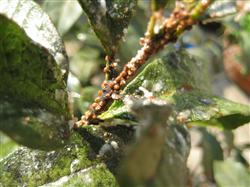
Often adults and larvae live on sweet-scented osmanthus branches to absorb juice, resulting in branches and leaves withering, serious death of the whole plant, often secreting a large number of honeydew, leading to the occurrence of soot bacteria. The leaves and stems are covered with black dirt stickiness, which hinders the light and function and affects the ornamental. There are mainly cotton blowing scale and mulberry white scale. Prevention and control method: it is strictly forbidden to use the vaccine of the substitute worm.
2018-07-19 -
How to preserve Osmanthus fragrans in buildings
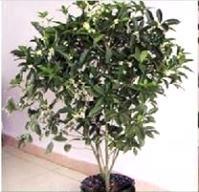
In winter, sweet-scented osmanthus grows slowly and is in a relatively dormant period, but its internal tissue is growing vigorously, mainly in flower bud differentiation, so as to gestate buds and blossom after the temperature rises in spring, so the focus of winter conservation is to protect plants. to ensure the smooth progress of flower bud differentiation, specific maintenance techniques are as follows: 1.
2018-07-19 -
When is the best time to cut osmanthus?

1. Selection of cuttage time and control of temperature. Sweet osmanthus cuttings are best in May and June. The suitable rooting temperature of osmanthus fragrans is 25℃ to 28℃. If the temperature is too low, plastic film should be covered, light should be increased, and the seedbed temperature should be increased. If the temperature is too high, pay attention to shade, and lift a corner of the plastic film to ventilate or spray cooling...
2018-07-19 -
How to control brown spot of sweet-scented osmanthus
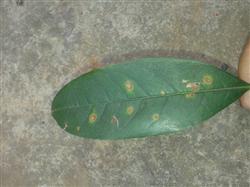
Sweet-scented osmanthus brown spot is a common disease of sweet-scented osmanthus, which is caused by subphylum fungus infection. Sweet-scented osmanthus plants are planted in ground and potted plants. Light cases affect the ornamental effect, and serious ones cause plant death. Most of the symptoms occurred in the leaves, and most of them developed from the leaf tip and edge to the whole leaf. The disease spot is shallow at the beginning.
2018-07-19 -
How to control the brown spot of sweet-scented osmanthus
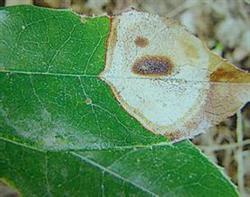
Sweet-scented osmanthus brown spot is a very common disease, which seriously causes defoliation of the whole plant and affects flowering and ornamental. It has long been reported in Britain, the United States, Japan and other countries. It also occurs frequently in Shanghai, Nanjing, Hangzhou, Jinan, Beijing, Fuzhou, Guilin, Xiamen, Guangzhou, Taiwan and other provinces and cities. Symptomatic bacteria mainly infect leaves.
2018-07-19 -
How to propagate Osmanthus fragrans
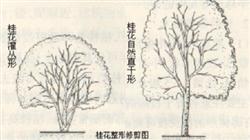
If you do not pay attention to pruning and shaping for a long time, the cultivated sweet-scented osmanthus will grow into a deformed tree. For this kind of tree, it should be pruned pertinently. (1) plants that are very tall and lack of branches and leaves in the lower part of the trunk can be amputated from the upper part of the trunk, such as 2 / 3 or 3 / 4, to promote new branches in the lower trunk. It is found that there are many branches and positions in the coming year.
2018-07-19 -
Causes of character degradation of Gastrodia elata and its control
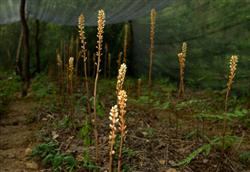
The performance of hemp character degradation is that the yield of arrow hemp decreases, the individual becomes smaller and slender; the yield of rice flax and white hemp decreases greatly, ginger or light brown, the stress resistance is poor, and the original yield and characters can not be fully reflected. The reasons are generally as follows: 1. Multi-generation asexual reproduction. It is common to propagate asexually after 5 or 6 generations.
2018-07-19 -
Matters needing attention in Gastrodia elata harvest
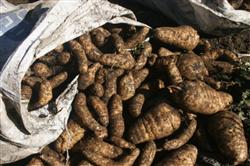
⑴ be careful not to damage the flax body when digging, you should carefully remove the surface culture material, remove the bacterial material, gently take out Gastrodia elata, and be careful not to damage the flax body, especially the white flax and rice hemp used for seed. ⑵ carefully harvest and pay attention to look around, can not be ignored and missed Gastrodia elata. Due to the growth and development of Armillaria mellea around.
2018-07-19 -
Standardized cultivation techniques of Gastrodia elata

Gastrodia elata, also known as Dingfeng grass, is an orchid plant and is a valuable traditional Chinese medicine in China. Tuber is used as medicine, which is beneficial to relieving spasm, calming the liver and relieving wind, fixing shock and dispelling dampness. It can treat dizziness, limb numbness, epilepsy, infantile convulsion, hypertension, otogenic vertigo and so on. Gastrodia elata is mainly produced in Guizhou, Yunnan, Sichuan and Guangzhou.
2018-07-19 -
Cultivation method of substitute material for Gastrodia elata at low altitude
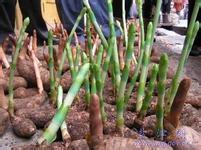
Gastrodia elata is a kind of rare and precious traditional Chinese medicine, which used to rely on the wild and grow in the mountains above 500 meters above sea level. it is very rare and difficult to dig, and now it is facing extinction. The development of artificial cultivation of Gastrodia elata has saved this precious species, but technically it can not get rid of the cultivation at high altitude, and the raw materials are also inseparable from Duan Mu.
2018-07-19
